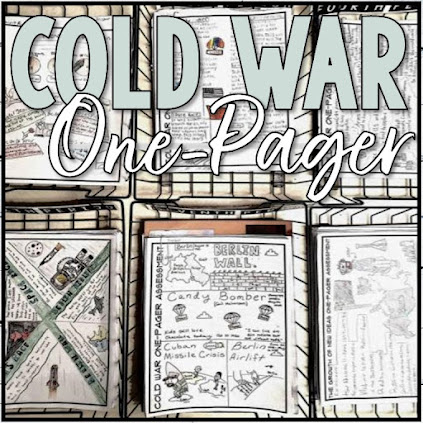Schenck v. United States (1919) Notes
Notes
In reviewing the conviction of a man charged with distributing provocative flyers to draftees of World War I, the Court asserted that, in certain contexts, words can create a "clear and present danger" that Congress may constitutionally prohibit. While the ruling has since been overturned, Schenck is still significant for creating the context-based balancing tests used in reviewing freedom of speech challenges.
Background:
Charles Schenck, a socialist, was arrested for distributing flyers to enlisted men during World War I. Schenck's flyers asserted the draft was a form of involuntary servitude prohibited by the 13th Amendment. Schenck was charged with violating the recently enacted Espionage Act. The government asserted that Schenck attempted to conspire to cause insubordination.
Others convicted under this law:
Rosenbergs
Daniel Ellsberg
Chelsea Manning
Edward Snowden
The Court then argued that "the character of every act depends upon the circumstances in which it is done." While in peacetime such flyers could be construed as harmless speech, in times of war they could be construed as acts of national insubordination. The Court famously analogized to a man who cries "Fire!" in a crowded theater. In a quiet park or home, such a cry would be protected by the First Amendment, but "the most stringent protection of free speech would not protect a man in falsely shouting fire in a theatre and causing a panic."
The "clear and present danger" test would only last for 50 years. In 1969, the Court in Brandenburg v. Ohio replaced it with the "imminent lawless action" test, one that protects a broader range of speech. This test states that the government may only limit speech that incites unlawful action sooner than the police can arrive to prevent that action. As of 2006, the "imminent lawless action" test is still used.
https://www.texasbar.com/civics/viewing-guides/High%20School/Schenck-v-US/Teacher-Notes.pdf
In reviewing the conviction of a man charged with distributing provocative flyers to draftees of World War I, the Court asserted that, in certain contexts, words can create a "clear and present danger" that Congress may constitutionally prohibit. While the ruling has since been overturned, Schenck is still significant for creating the context-based balancing tests used in reviewing freedom of speech challenges.
Background:
Charles Schenck, a socialist, was arrested for distributing flyers to enlisted men during World War I. Schenck's flyers asserted the draft was a form of involuntary servitude prohibited by the 13th Amendment. Schenck was charged with violating the recently enacted Espionage Act. The government asserted that Schenck attempted to conspire to cause insubordination.
Others convicted under this law:
Rosenbergs
Daniel Ellsberg
Chelsea Manning
Edward Snowden
The Court then argued that "the character of every act depends upon the circumstances in which it is done." While in peacetime such flyers could be construed as harmless speech, in times of war they could be construed as acts of national insubordination. The Court famously analogized to a man who cries "Fire!" in a crowded theater. In a quiet park or home, such a cry would be protected by the First Amendment, but "the most stringent protection of free speech would not protect a man in falsely shouting fire in a theatre and causing a panic."
The "clear and present danger" test would only last for 50 years. In 1969, the Court in Brandenburg v. Ohio replaced it with the "imminent lawless action" test, one that protects a broader range of speech. This test states that the government may only limit speech that incites unlawful action sooner than the police can arrive to prevent that action. As of 2006, the "imminent lawless action" test is still used.
https://www.texasbar.com/civics/viewing-guides/High%20School/Schenck-v-US/Teacher-Notes.pdf


Comments